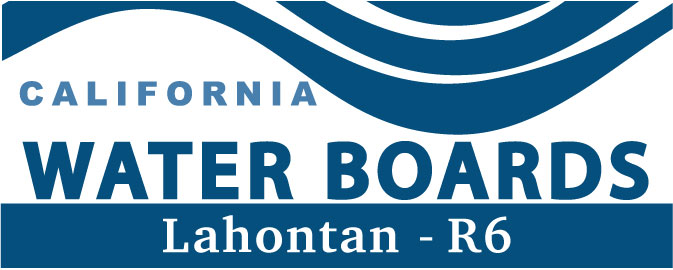2017 Cleanup and Abatement Order for Lake Tahoe Laundry Works
Overview
The California Regional Water Quality Control Board, Lahontan Region (Water Board) issued Cleanup and Abatement Order (CAO) R6T-2017-0022 for the Lake Tahoe Laundry Works (LTLW) site in South Lake Tahoe on May 12, 2017. The CAO is a step forward in requiring cleanup and abatement of tetrachloroethylene (PCE) contamination currently impacting municipal supply wells spanning two water districts. The CAO names Seven Springs Limited Partnership, Fox Capitol Management Corporation, Bobby Page's, Inc., and Connolly Development, Inc. as the responsible parties for unauthorized discharges of solvent wastes to groundwater at the LTLW site.
On September 15, 2015, the Lahontan Water Board solicited comments on a proposed CAO in response to detections of PCE in groundwater at nearby off-site locations to the LTLW. The comment period on the proposed CAO was extended twice and was finally set on February 11, 2016. Based upon the comments received and more recent data, a revised proposed CAO was posted on July 18, 2016. After consideration of comments received on both the proposed CAO and revised proposed CAO, the Water Board determined there is insufficient evidence to link all of the PCE contamination in the region to the Lake Tahoe Laundry Works site at this time because the groundwater contamination plume from the LTLW site has never been fully defined and it is possible there are other parties responsible for portions of the PCE contamination currently impacting down-gradient receptors.
CAO R6T-2017-0022 requires the responsible parties to (1) continue to operate the existing on-site remediation system until a remedial alternative is implemented, (2) determine the complete vertical and lateral extent of contamination originating from the LTLW site, (3) propose cleanup and abatement methods to address the identified contamination originating from the LTLW site, and (4) conduct groundwater and remediation system monitoring. These actions are needed to protect public health and restore the drinking water aquifer for existing and potential beneficial uses.
Related Documents
- CAO R6T-2017-0022
- Comment Period for Proposed Revisions to Lake Tahoe Laundry Works CAO (due by 9-8-16)
- Comments Received:
- Hogan/Lovells on behalf of Fox Capital Management
Note: All exhibits indexed at the end of the this letter are available upon request. - Morrison/Foerster LLP on behalf of Seven Springs
- Tahoe Keys Property Owners Association
- Kevin Leid
- Hogan/Lovells on behalf of Fox Capital Management
- Lake Tahoe Laundry Works Revised Proposed CAO (July 18, 2016):
- Lake Tahoe Laundry Works Proposed CAO
- Comment Period Extended Until December 14, 2015
- Comment Period Extended Until January 15, 2016
- Comment Period Extended Until February 11, 2016
- Comments Received February 11, 2016



